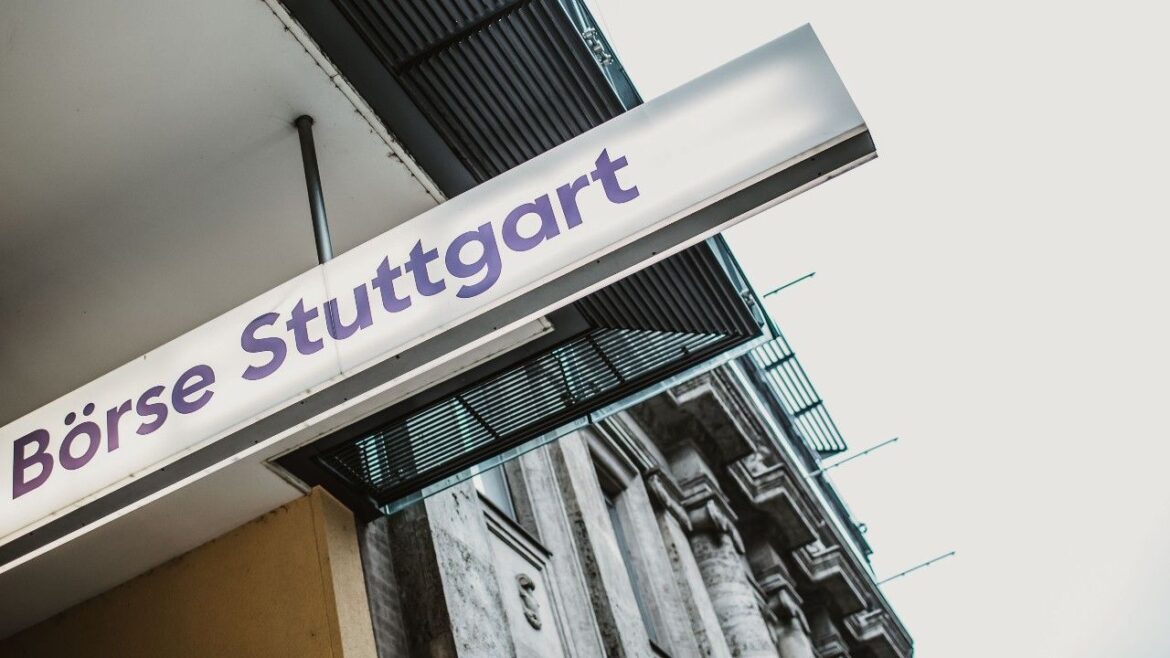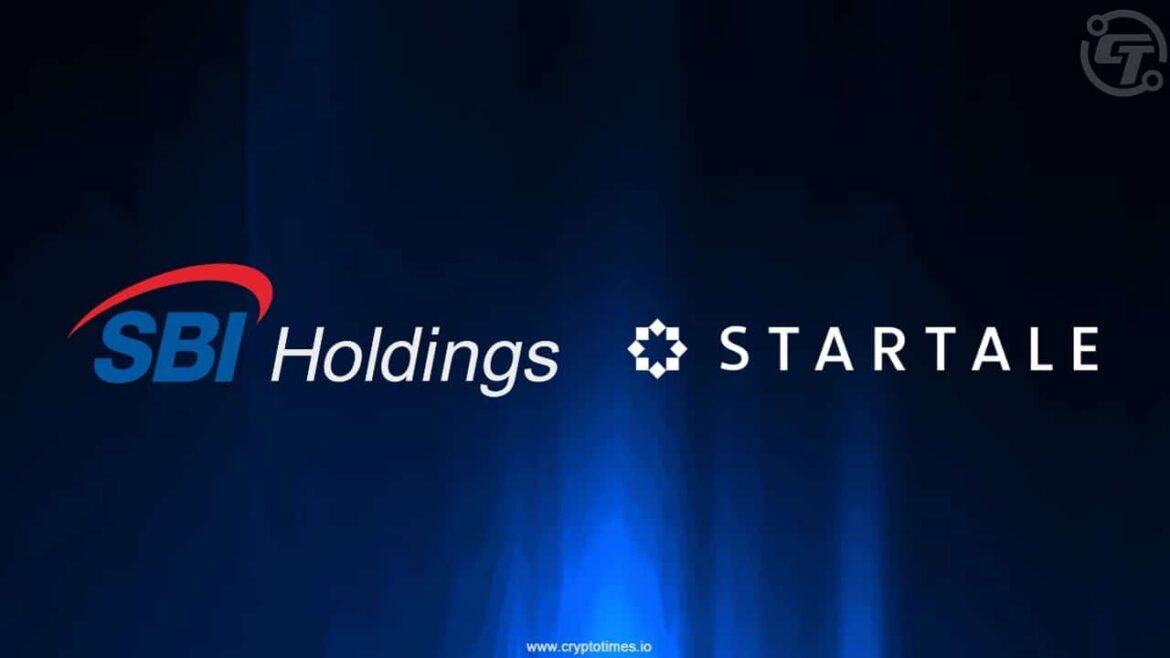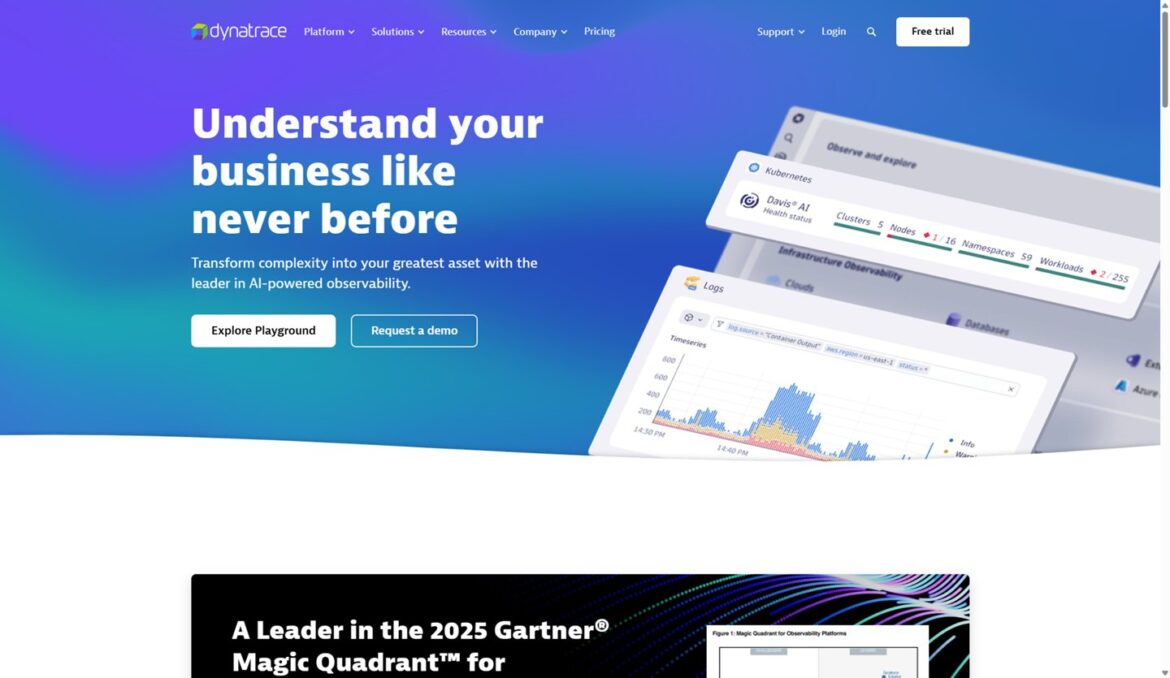Boerse Stuttgart Group has launched Seturion, a blockchain-based settlement platform designed to handle cross-border tokenized asset trades in Europe.
Summary
- Boerse Stuttgart Group has launched Seturion, a blockchain-based settlement platform.
- The platform supports settlement across public and private blockchains, with cash settlement in central bank money or on-chain currencies.
- Senturion has been tested by major European banks.
Seturion is being touted as the “first digital pan-European settlement platform,” which hopes to unify Europe’s fragmented post-trade infrastructure and eliminate cross-border barriers, Boerse Stuttgart said in a Sept. 5 announcement.
The platform uses a “modular settlement solution” and therefore can be integrated across both private and public blockchains. It also supports cash settlement in either central bank money or on-chain digital currencies.
According to Boerse Stuttgart, Seturion will offer faster and cheaper settlements within any asset class.
“With Seturion, market participants across Europe can tap into new business opportunities around tokenized assets. Our partners benefit from significant cost savings in settlement of up to 90 percent,” Seturion CEO Dr. Lidia Kurt was quoted as saying.
Seturion will be accessible to all banks, brokers, trading venues, and tokenization platforms across Europe through its open architecture that can be easily integrated into a business’s existing infrastructure.
Upon integration, these platforms will be able to offer trading and settlement of tokenized assets without needing a dedicated DLT license by connecting directly to venues already linked with Seturion, Boerse Stuttgart explained.
Leading European banks have already tested the platform during a 2024 trial, and it is currently leveraged by BX Digital, a FINMA-regulated DLT trading facility.
Trading venues operating under the Boerse Stuttgart umbrella will become the platform’s first integrated clients, with additional partners expected to join eventually.
The Boerse Stuttgart Group is the sixth-largest exchange group in Europe, and it became the first German firm to secure a crypto-asset service provider license under the European Union’s Markets in Crypto-Assets regulations in January this year.
Today’s launch also follows the group’s partnership with DekaBank, a key player in Germany’s financial sector and part of the Sparkassen group, to enable cryptocurrency trading services for institutional investors.
Europe’s focus on tokenization
Seturion launches just as Brussels has signalled it wants to take tokenization from experiment to policy priority. Later this year, the European Commission is expected to present proposals under its Savings and Investment Union (SIU) plan that would bring equities, bonds, and derivatives onto blockchain rails.
Officials are also preparing an upgrade to the EU’s DLT Pilot Regime, which has provided the testing ground for projects like Seturion.









